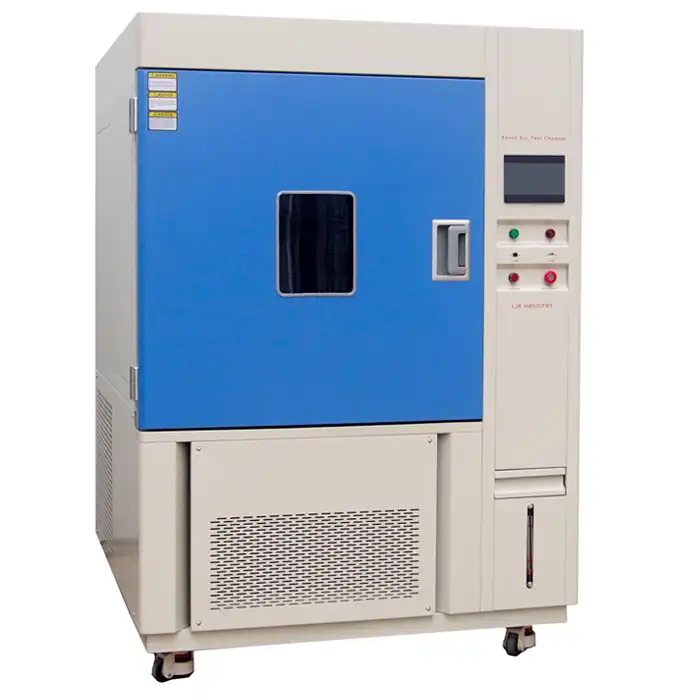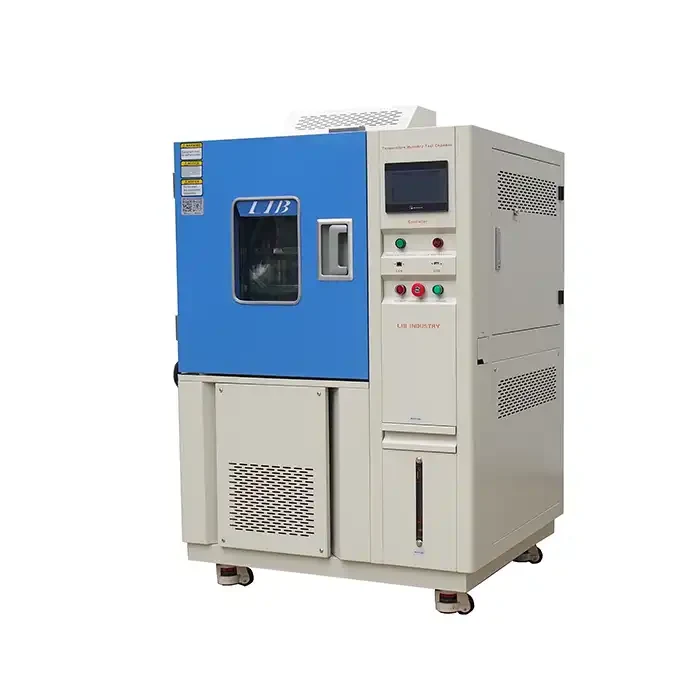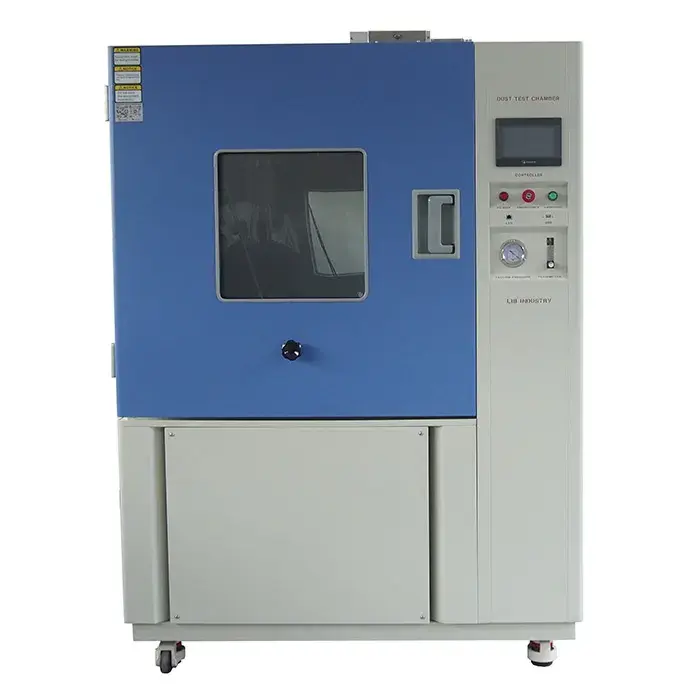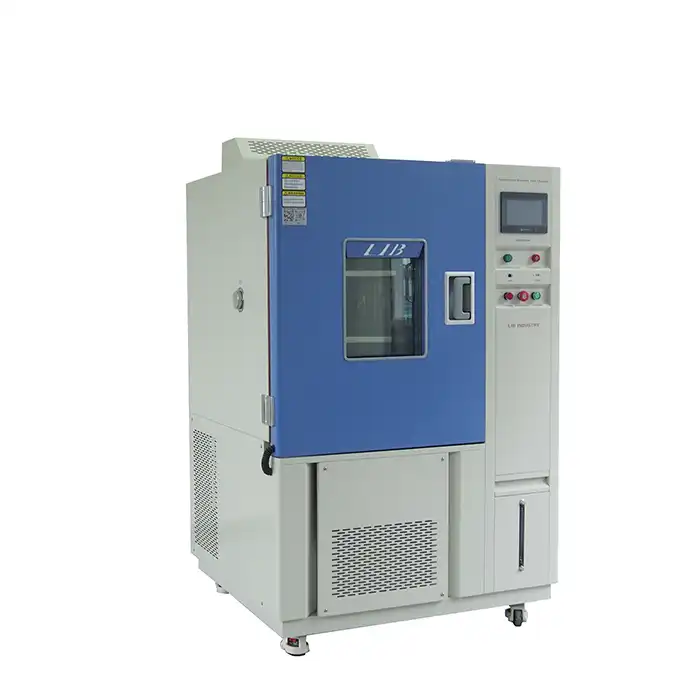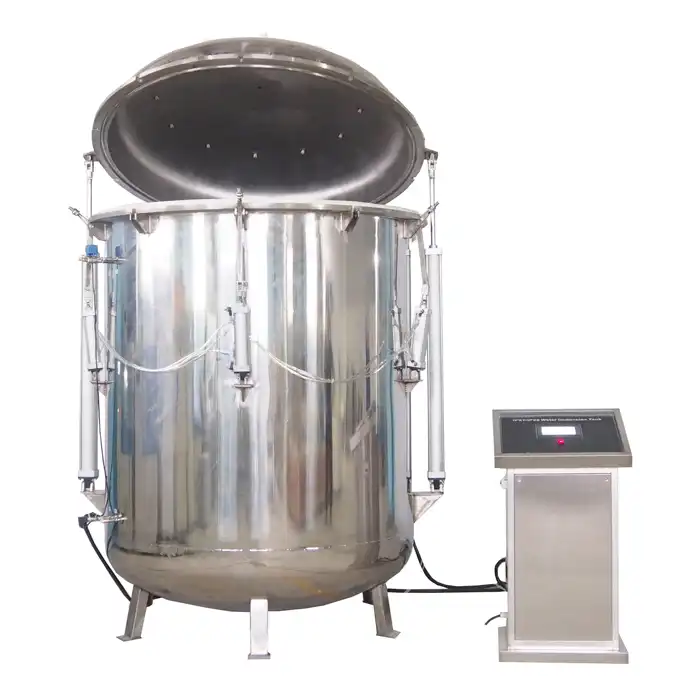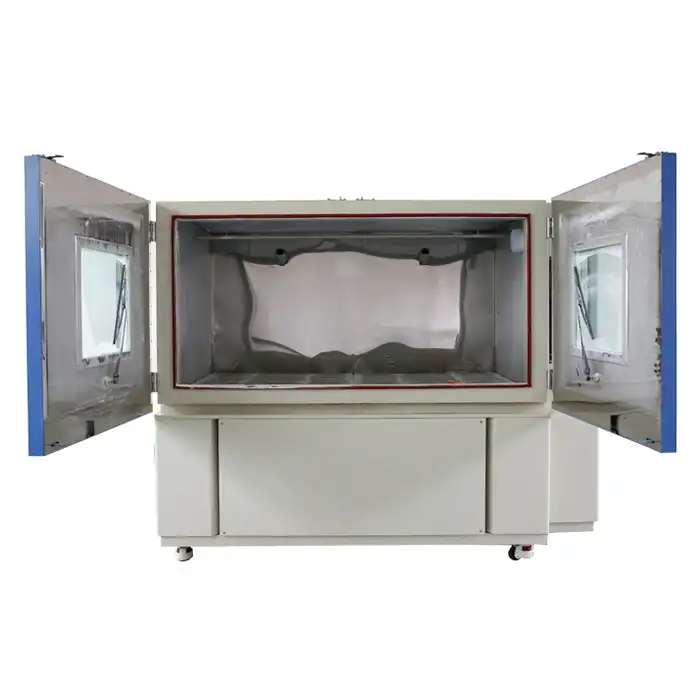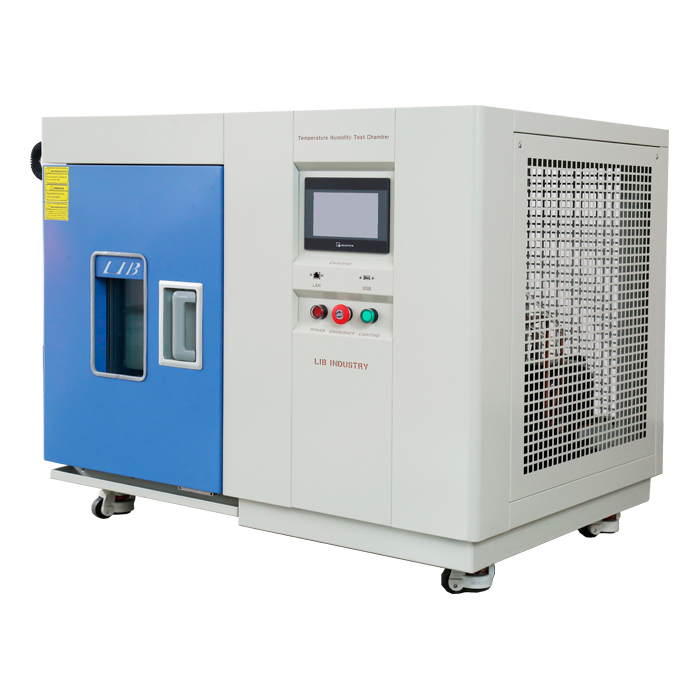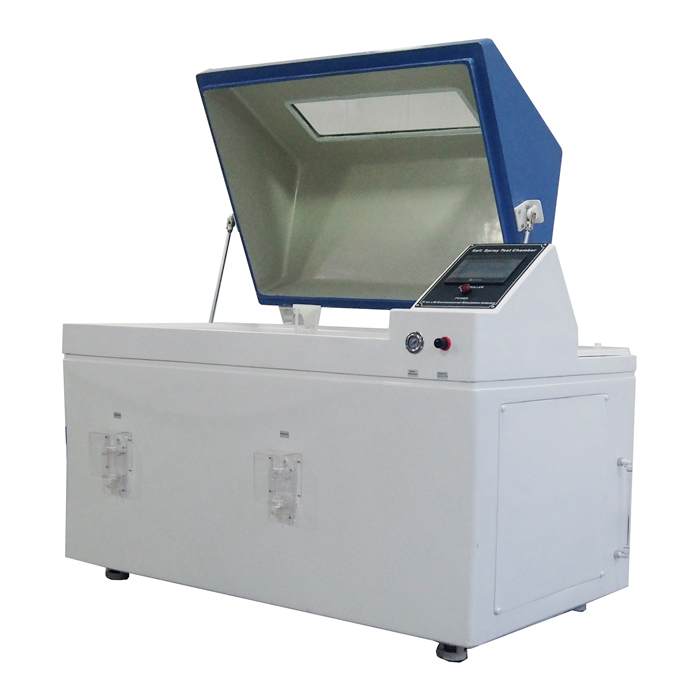The Role of Salt Fog Test Equipment in Quality Control for Electronics
Ensuring the longevity and performance of electronic components is critical in today's technology-driven world. Corrosion can compromise the reliability of circuit boards, enclosures, and connectors, leading to failures in essential devices. Salt fog test equipment plays a vital role in quality control, helping electronics manufacturers identify weaknesses and improve product durability.
Understanding Corrosion Challenges in Electronic Components
Electronics are constantly exposed to environmental stressors, including moisture, temperature fluctuations, and airborne contaminants. One of the most damaging factors is salt-induced corrosion, which accelerates material degradation. Devices used in coastal regions, industrial areas, or transportation applications are particularly vulnerable. Salt fog testing simulates these harsh conditions, allowing manufacturers to assess the resilience of their products before they reach the market.
Using Salt Fog Equipment to Comply with IPC and IEC Requirements
Industry standards, such as IPC-CC-830 for conformal coatings and IEC 60068-2-52 for cyclic salt mist testing, provide guidelines for evaluating electronic reliability in corrosive environments. Salt fog test equipment manufacturers design chambers that replicate standardized conditions, ensuring compliance with these regulations. By integrating these tests into production, companies can certify that their products meet global safety and performance benchmarks, reducing warranty claims and product recalls.
Identifying Weaknesses in Electronic Coatings and Materials
Protective coatings are essential for shielding circuit boards and enclosures from corrosion. However, manufacturing defects, inconsistencies in application, or material limitations can lead to premature failures. Salt fog testing exposes vulnerabilities in coatings such as acrylics, silicones, and urethanes, helping engineers refine formulas and optimize application techniques.
For example, a manufacturer of industrial sensors tested a new protective coating for its printed circuit boards. After 72 hours in a salt fog chamber, microscopic analysis revealed pinhole defects, which led to moisture infiltration. By adjusting the coating thickness and curing process, the company improved reliability, extending product lifespan in marine environments.
Accelerating Failure Detection in Electronic Devices
Traditional environmental testing methods may take months to reveal potential failure points. Salt fog test equipment accelerates this process, enabling engineers to detect weaknesses in days instead of weeks. This proactive approach enhances product development, preventing costly field failures.
Consider a telecommunications company producing outdoor signal amplifiers. These devices must withstand extreme weather conditions, including high humidity and salt exposure. A 240-hour accelerated salt spray test exposed corrosion on aluminum casings, prompting a switch to a more resistant anodized finish. As a result, the redesigned product demonstrated a 40% increase in corrosion resistance, significantly improving performance in coastal installations.
Integrating Salt Fog Testing into Electronic Manufacturing Processes
Incorporating salt fog testing into manufacturing workflows, using reliable salt fog test equipment, enhances both product reliability and customer confidence. Companies can integrate automated test cycles into quality control procedures, ensuring consistent validation of materials and coatings.
For instance, an automotive electronics supplier implemented routine salt spray testing for its engine control modules. By analyzing corrosion resistance at different production stages, the company identified process variations that affected durability. Adjustments in assembly techniques and material selection led to a 30% reduction in warranty claims related to corrosion damage.
Manufacturers investing in salt fog test equipment benefit from early failure detection, improved compliance with industry standards, and enhanced product longevity. These advantages translate to reduced maintenance costs, fewer product recalls, and greater customer satisfaction. To learn more about salt fog test equipment and how it can improve your product quality, contact LIB Industry at ellen@lib-industry.com.
References
1. International Electrotechnical Commission (IEC) - IEC 60068-2-52: Environmental Testing - Salt Mist, Cyclic (Corrosion).
2. Institute for Printed Circuits (IPC) - IPC-CC-830: Qualification and Performance of Electrical Insulating Compounds.
3. ASTM International - ASTM B117: Standard Practice for Operating Salt Spray (Fog) Apparatus.
4. Society of Automotive Engineers (SAE) - SAE J2334: Laboratory Cyclic Corrosion Test for Electronic Modules.



